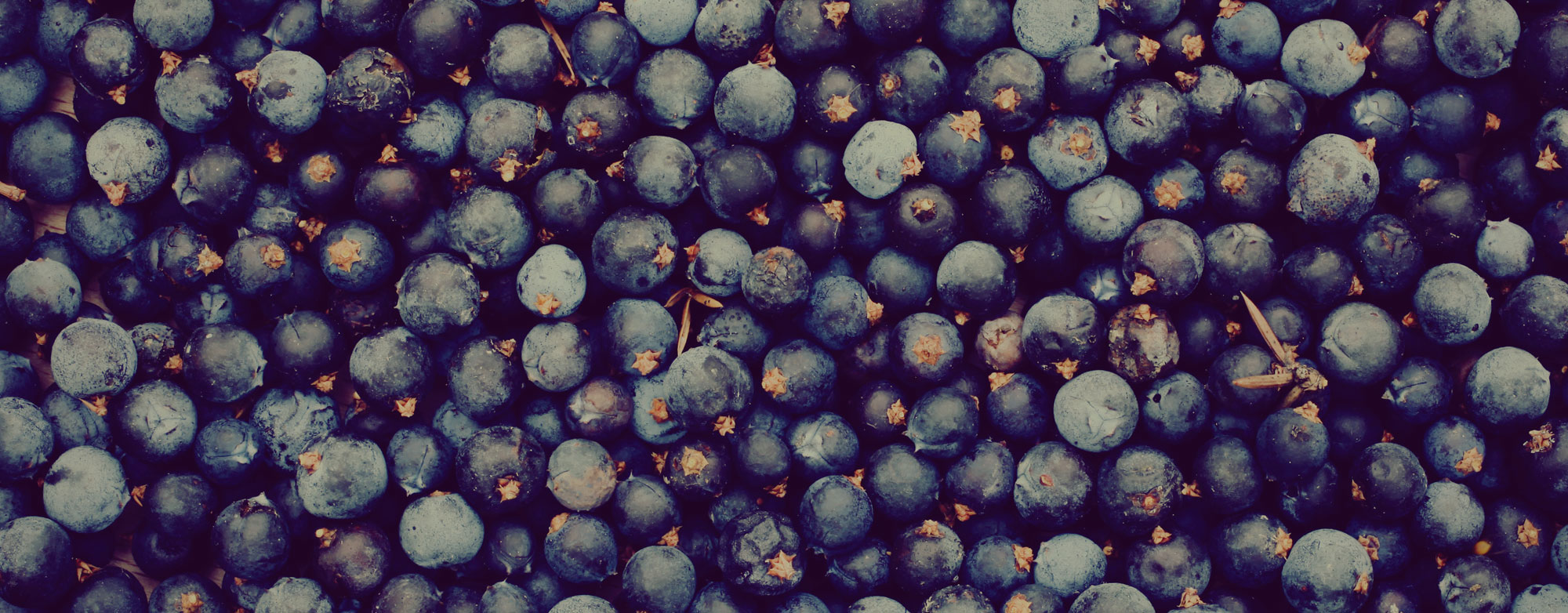



They come in all shapes, sizes, flavours. They can be found in almost every corner of the world. Some have been used for thousands of years to cure ailments. Some were even key to ancient civilisations and used in elaborate ceremonies. Without them gin wouldn’t be gin. We are of course speaking about botanicals. Without juniper would gin be gin? No. Thanks to Mother Nature, the range of botanicals available and opportunity to innovate is almost endless when you consider potential flavour combinations. We wanted to learn a bit more about some of the key botanicals (yes juniper should be first on the list!) that Scottish Gin makers and brands consider to be one if not ‘the’ botanical that they feel makes their Scottish Gin shine. In this first episode of Beautiful Botanicals, we talk Cacao Nibs with McQueen, Tonka Bean with McLean’s, Ceylon Tea with Teasmith, Icelandic Moss with Beinn An Tuirc and Noble Fir Needles with Crafty.
Cacao Nibs, McQueen Gin
Cacao Nibs are part of the cacao seed, which is actually a seed pod from the Theobroma tree, better known as the cocoa tree. Cacao Nibs are part of the cacao seed that have been collected, dried, roasted and removed from the hard outer shell of the pod. Archeologists have found artefacts dating back over 600 years to the era of the Aztecs across central and south America that contain traces of Cacao Nibs. The Aztecs were also no strangers to the world of distillation and fermentation using their concoctions in many of their rituals.
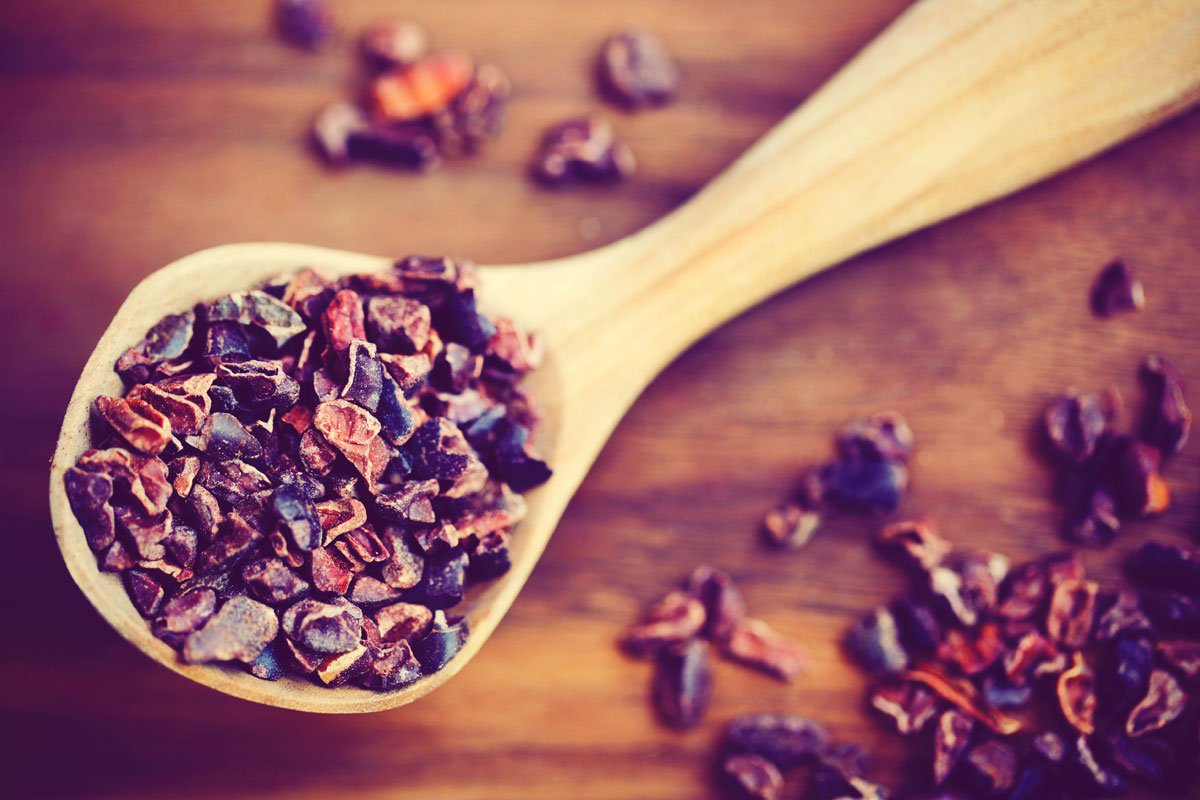
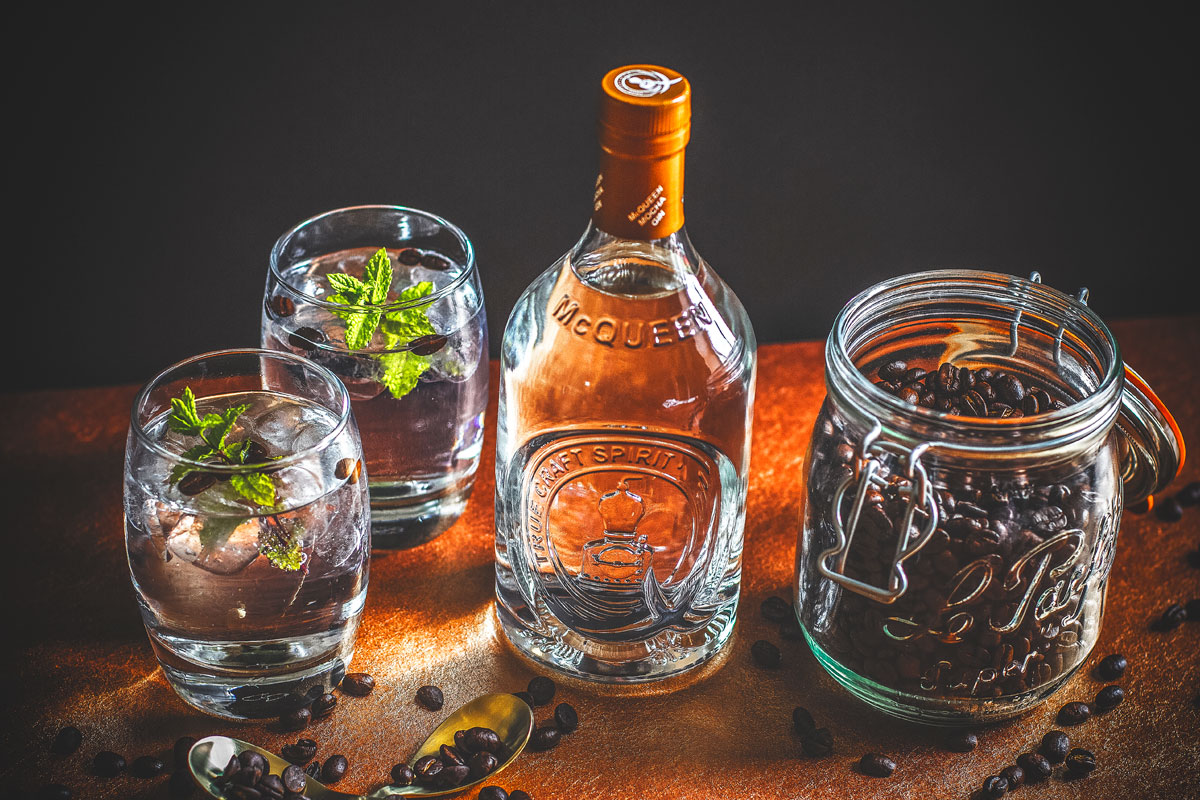
“At McQueen Gin from day one, we focussed on creating differentiation in an overcrowded UK gin market. In our 2.5 litre development still, we set about creating 120 gin impressions in as many days, every one being anything but a ‘me too’ London Dry Gin.
“The same continuous innovation continues today, but now with a state of the art development still… watch this space.
“Two of the most interesting and unique ingredients we found to be Raw Cacao Nibs and varieties of Chilli, Chipotle and Ancho. These led to the McQueen Gins, Chocolate Mint, Mocha, Smokey Chilli and Spiced Chocolate Orange. Three of these Gins through a number of further iterations made it to our four Gin launch line-up, having gathered sample feedback from more than 3,000 individuals.”
Dale McQueen, McQueen Gin
You can learn more about McQueen Gin here.
Tonka Bean, McLean’s Gin
A Tonka Bean isn’t actually a bean, it’s a seed from a species of tree commonly known as the Cumaru tree, native to central America. The seeds of the tree are wrinkled in appearance yet smooth on the inside once opened. The flavour profile of Tonic Bean has been described as somewhere between vanilla, caramel, almond and even cherry and are often found in desserts and even some perfumes. The Tonic Bean has proven so popular in France that the botanical has garnered its own nickname for those who love this delicious bean ‘fièvre tonka’ or tonic fever. Only a minuscule amount is required to create a rich flavour due to the very strong flavours contained in each seed.
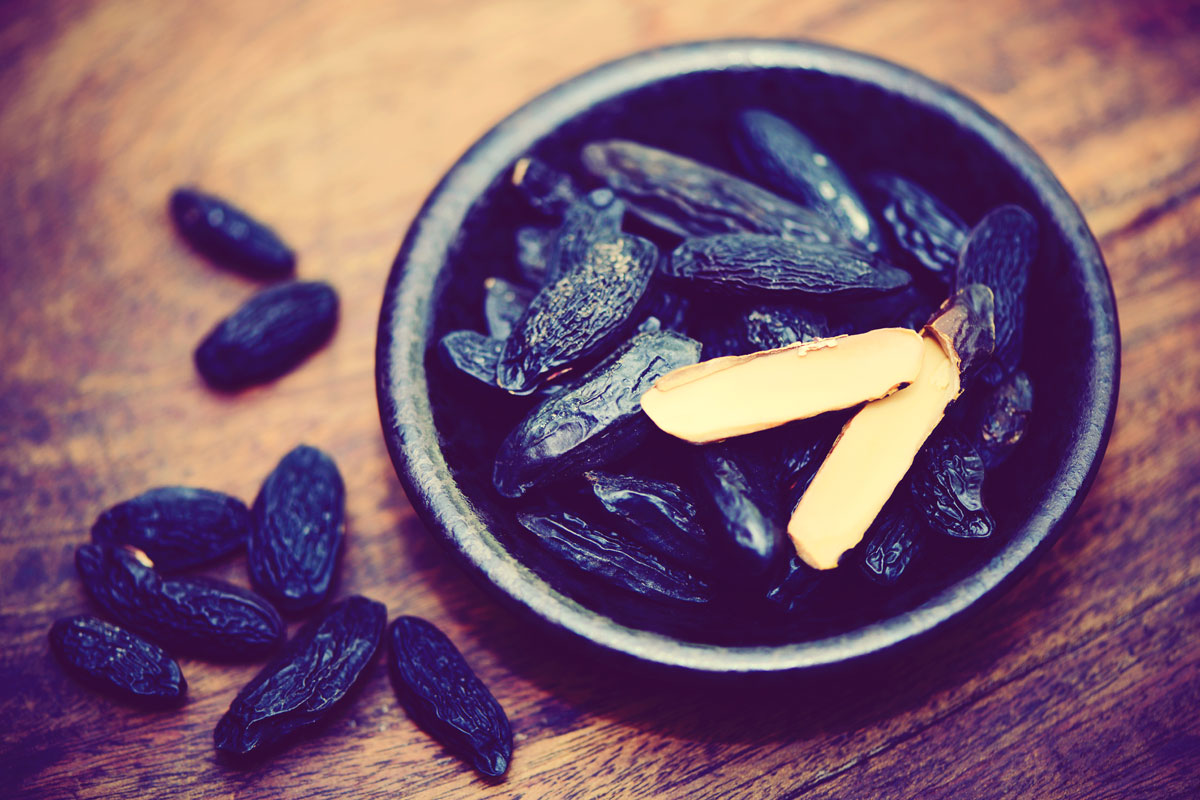
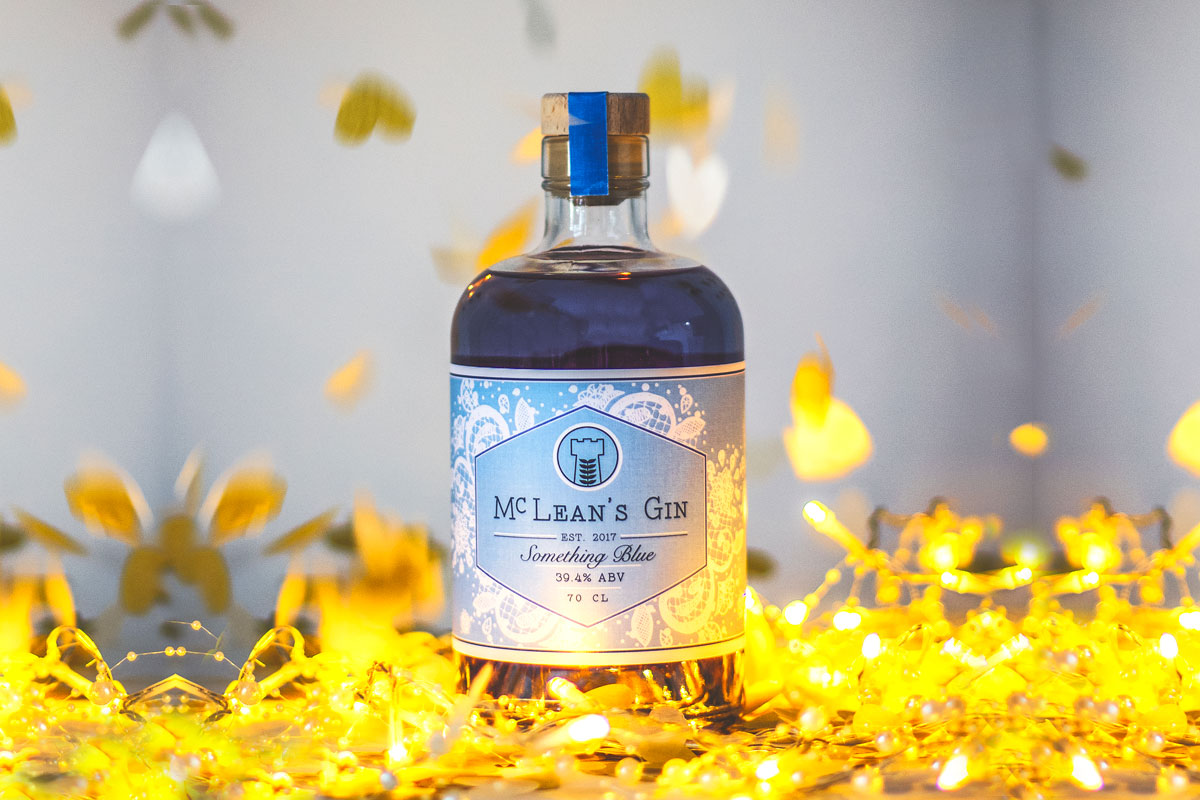
“We first stumbled upon tonka beans in ice-cream form whilst out for dinner one night in Glasgow’s trendy west-end. We were genuinely captivated by the flavour and aroma and immediately felt like we needed to experiment with them in our gin. We literally ordered some online there and then!
“What can you expect from tonka beans? Think 40% vanilla, 40% marzipan and 10% burnt caramel, with the remainder suggestive of pungent Eastern spices like cinnamon and cardamom, a touch of magnolia and something nostalgic that no-one; not even us; can quite put their finger on.
“Tonka bean features in both our Cherry Bakewell and Something Blue gins and we believe we were one of the first producers in the world to utilise the flavour; certainly the first in Scotland. We now import our Fair Trade tonka beans directly from the grower in Panama; the first country Jess and I ever visited together. A good excuse to practice our (rusty) Spanish! ‘Muy bien’.”
Colin McLean, McLean’s Gin
You can learn more about McLean’s Gin here.
Ceylon Tea, The Teasmith Gin
Ceylon Tea is a type of black tea that originally hails from the tea growing regions of Sri Lanka. Traditionally Ceylon Tea is a black tea, often long and thin leaf strands that are easy to identify. Just like gin, the terroir plays an important role in shaping how each species of tea tastes and looks. Although a relatively small island, Sri Lanka, formerly known as Ceylon, and hence where the tea gets its name, has a diverse range of habitats and mountain ranges that vary greatly in altitude. Described as being a bold and rich flavour profile with some notes of spice, citrus and even chocolate.
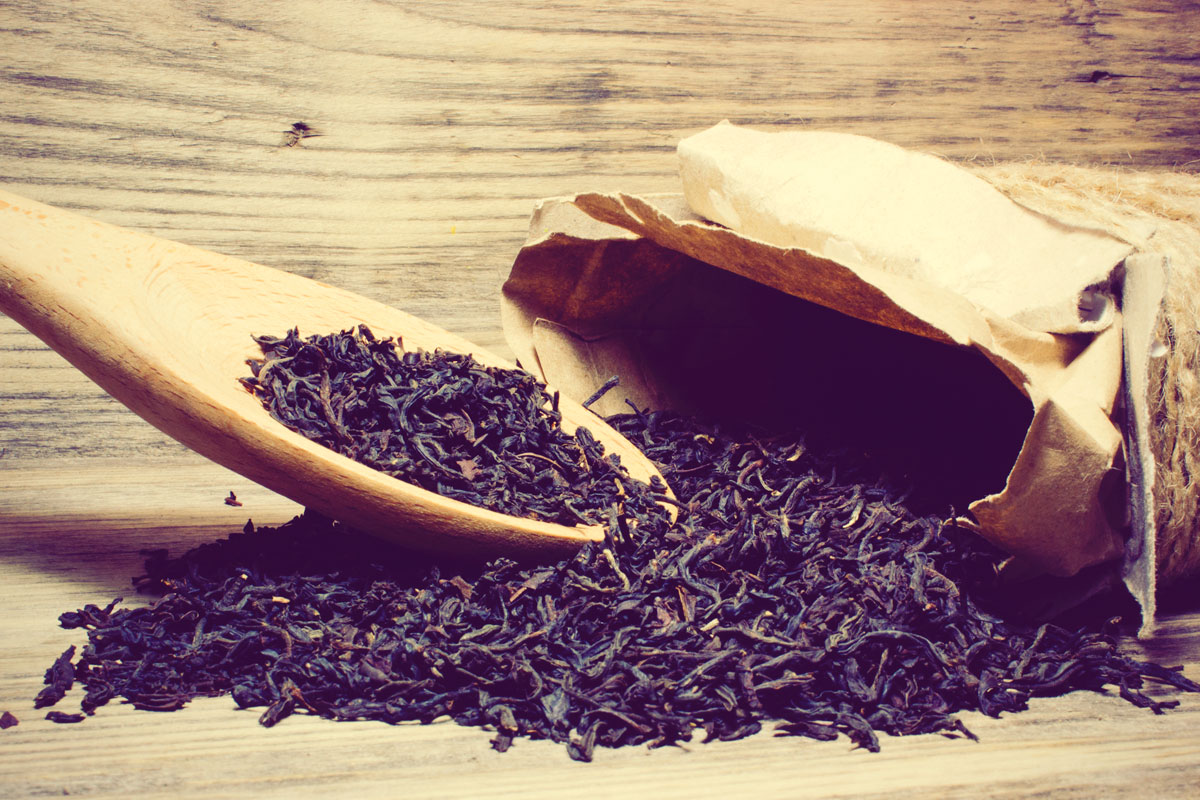
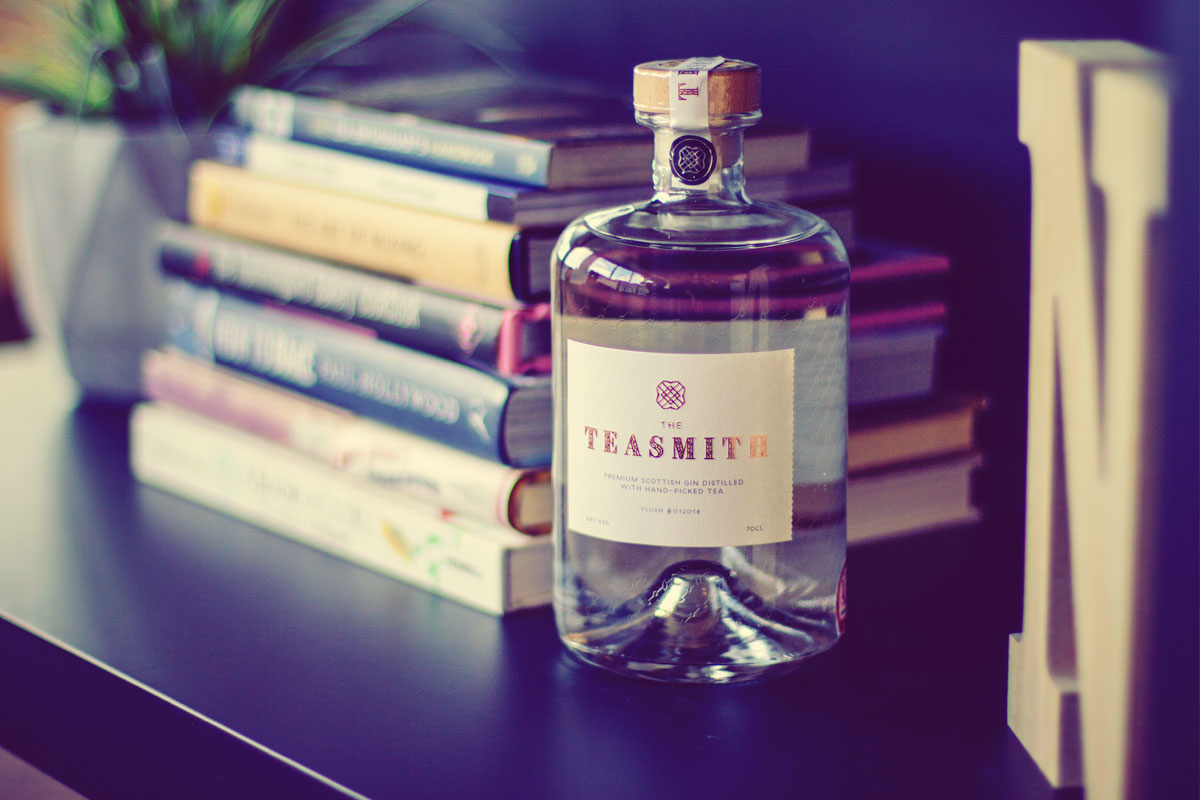
“The use of tea as a botanical was inspired by the rich history that Scotland has with the tea trade. From ships delivering tea into our nearby bustling Newburgh trading port to famous tea clippers being produced by shipbuilders in Aberdeen harbour, the local area and indeed Scotland has played a pivotal role in the establishment of the tea trade.
“Many don’t realise, but it was a young man from the North East of Scotland who planted the very first tea plantation in Sri Lanka. Known as the ‘Father of Ceylon Tea’, James Taylor broke new ground and begun a process that transformed the island into one of the finest tea growing regions in the world.
“Working with consultant Beverly Wainwright, we selected a very unique tea from the Amba Estate in Sri Lanka to use within our recipe. The hand-picked and hand-rolled tea has been made just how Taylor would have made his first batches 150 years ago.
“The Ceylon tea is distilled by itself to ensure the unique flavour is captured perfectly in the heart of the run. The other 10 classic gin botanicals are distilled collectively – vapour infused in a basket in the head of the still.
“The two distillates are then carefully blended together to create a truly unique gin characterised by its clarity, simplicity and confidence. The resulting spirit is a classic juniper forward gin with light citrus notes and a slightly sweet finish.”
Emma Smalley, The Teasmith
You can learn more about The Teasmith here.
Icelandic Moss, Kintyre Gin
Icelandic Moss has been used in herbal remedies for centuries. Rich in calcium, iodine, poyassium and vitamins, Icelandic Moss has been ground into a flour and used to make bread and mixed with milk as an elixir to help treat various ailments. Scientists studying the moss have discovered that the acids in the moss have antibiotic effects and can be used in treatment of inflammations and treatment of the common cold.
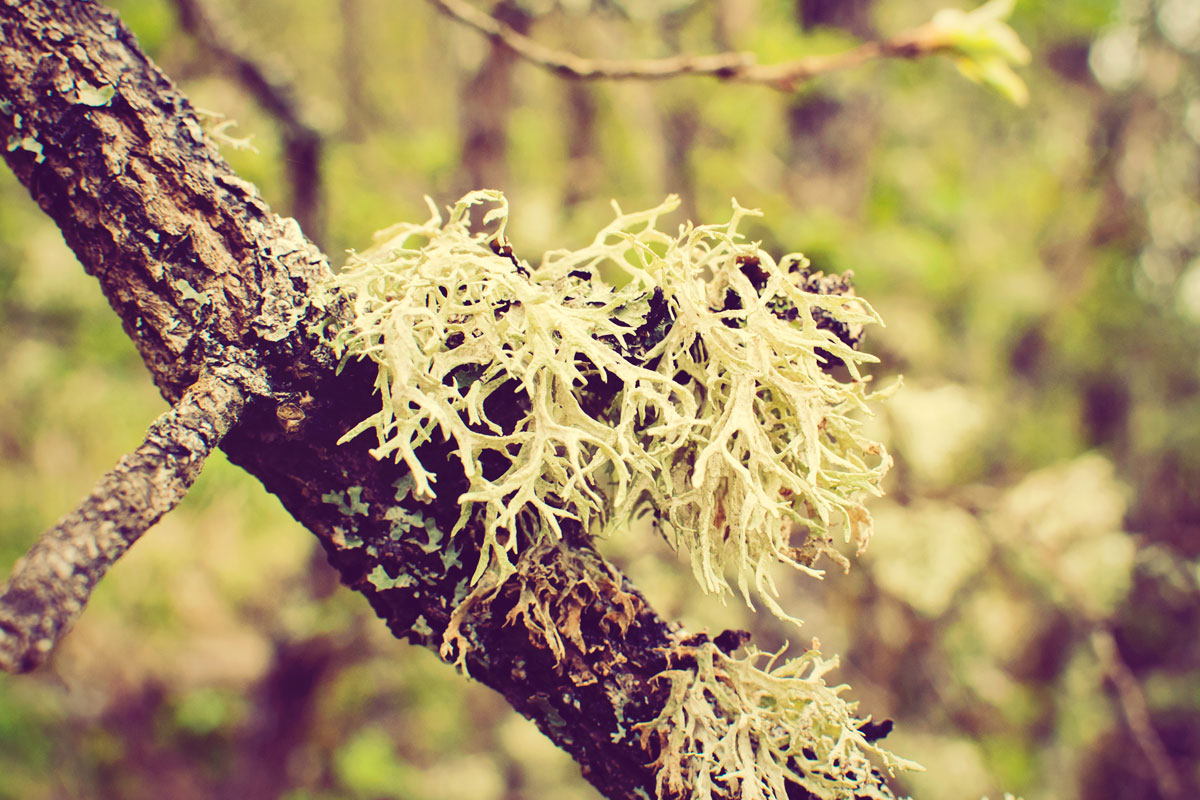
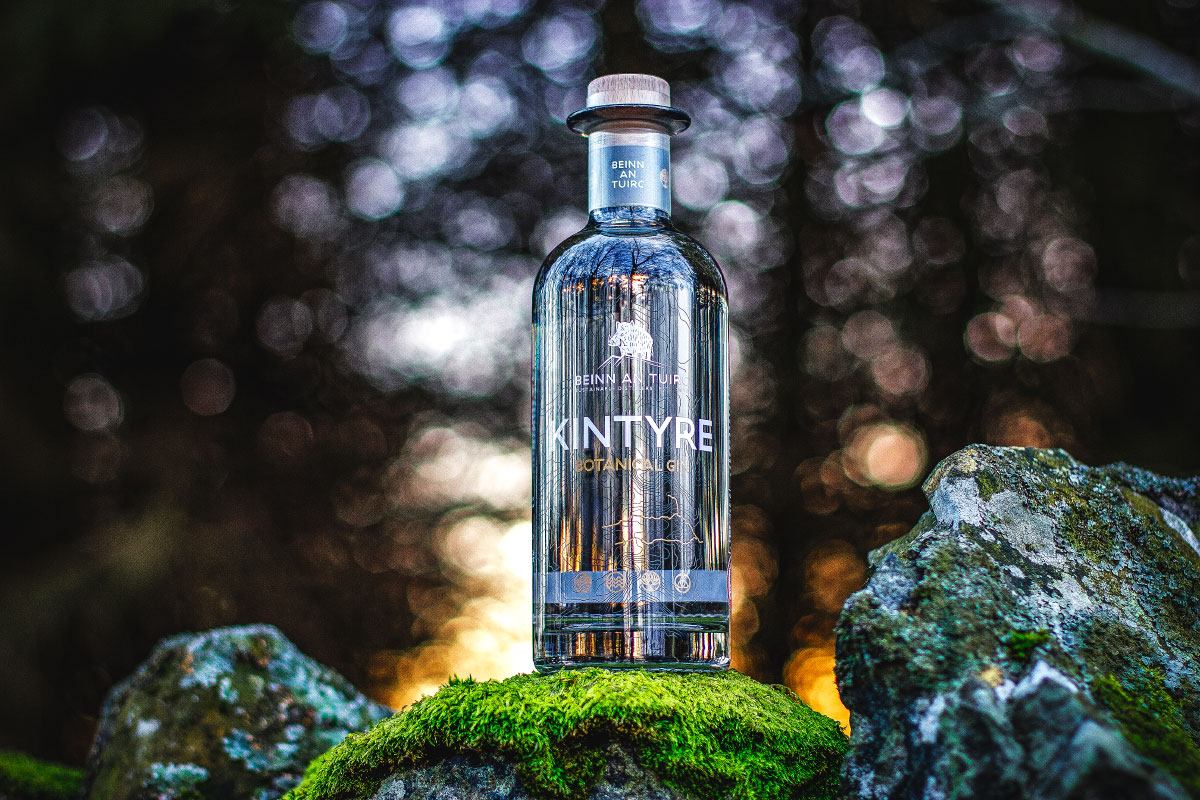
“Icelandic Moss (Centraria Islandica), a lichen and not actually a moss, grows in Scotland and not just in Iceland! The plant is evident all throughout the Kintyre area and indicates a pure and pollution free environment. We use the dried cut leaves. The essential oils of this botanical provide depth of flavour and slight bitterness to compliment the other sweeter botanicals and imparts lovely green notes.”
Niall Macalister Hall, Beinn An Tuirc
You can learn more about Beinn An Tuirc here.
Noble Fir Needles, Hills & Harbour Gin
Discovered and identified as a unique fir species in 1825 by David Douglas (who also discovered the Douglas Fir), the Noble Fir (Abies procure) actually means rising-one from ancient Latin abet, meaning ship or tall tree. Only introduced into Britain in 1830, the tree was native to the great forests of Washington and Oregon in America. The species can grow to immense sizes in both width and height, although young trees are grown specifically for use at Christmas. Along with use of the needles in gin making, the wood is commonly use in construction and was even used as the frame for RAF Mosquito’s that were flown in World War 2.
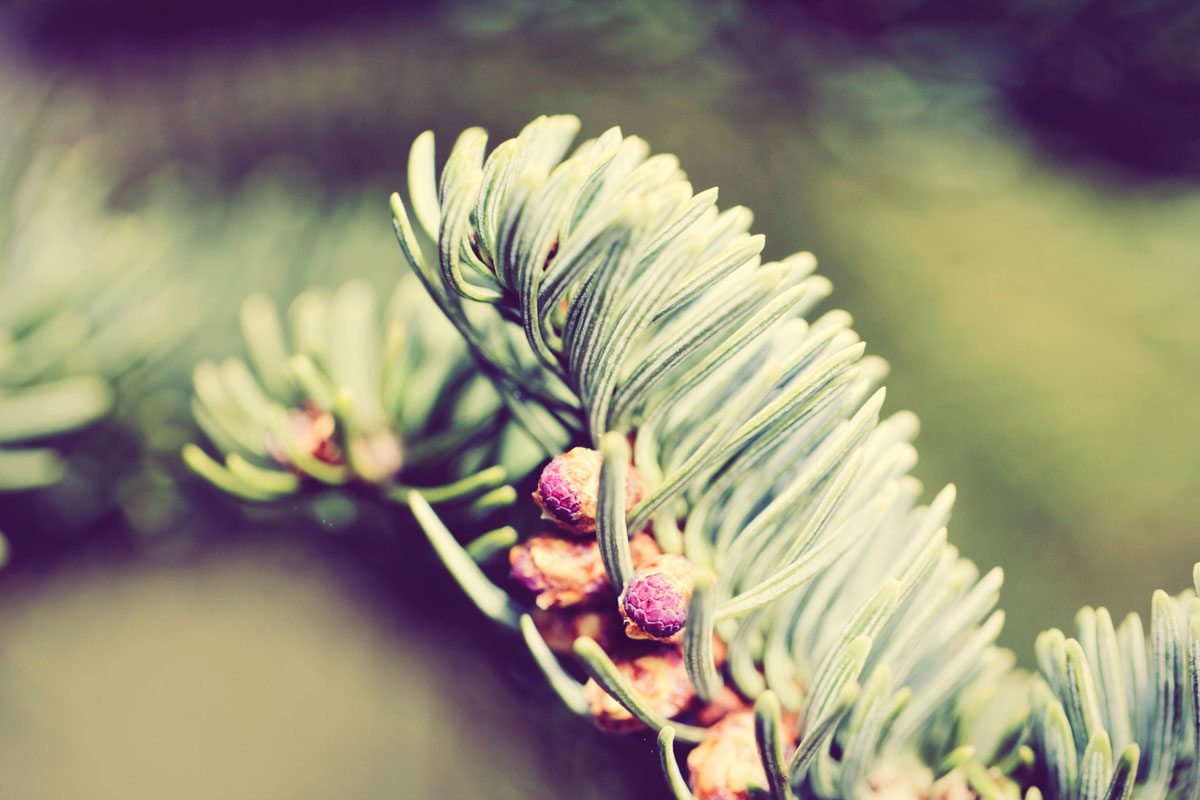
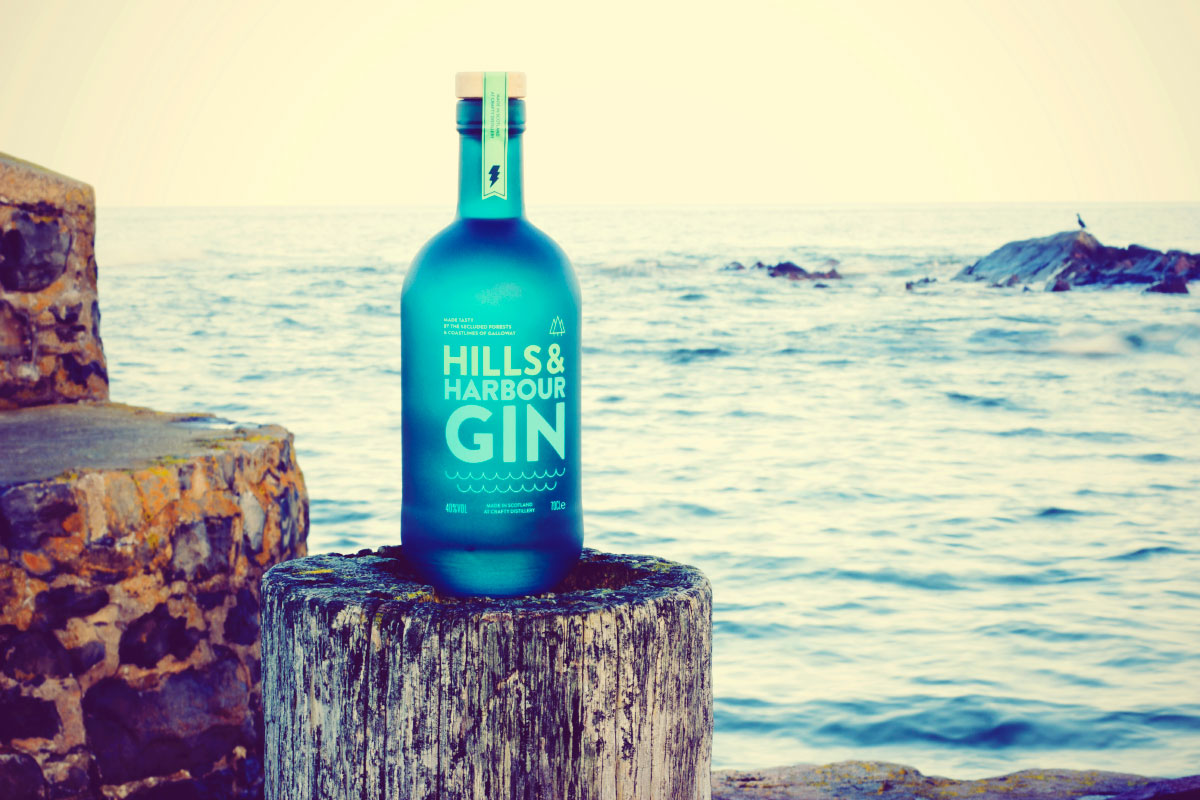
“Galloway is our home and a truly special corner of Scotland. At 96,600 hectares the Galloway forest is the largest in the UK. Great to visit and home to over 1 million trees, we’d have been daft not to tap into this amazing larder on our doorstep. After much research into the best locations and which species to turn our focus on, we finally settled on the Noble Fir tree, which as an evergreen we can carefully harvest by hand all year round. Making up the ‘Hills’ part of our smooth and vibrant Hills & Harbour Gin, we get out there ourselves and pick it fresh every week. The soft and fat Noble Fir needles deliver the most amazing grapefruit notes to our gin, and alongside the 10 other carefully selected botanicals, add vibrancy and complexity to the character of our own smooth spirit, crafted in house from local wheat.”
Graham Taylor, Crafty Distillery
You can learn more about Crafty Distillery here.
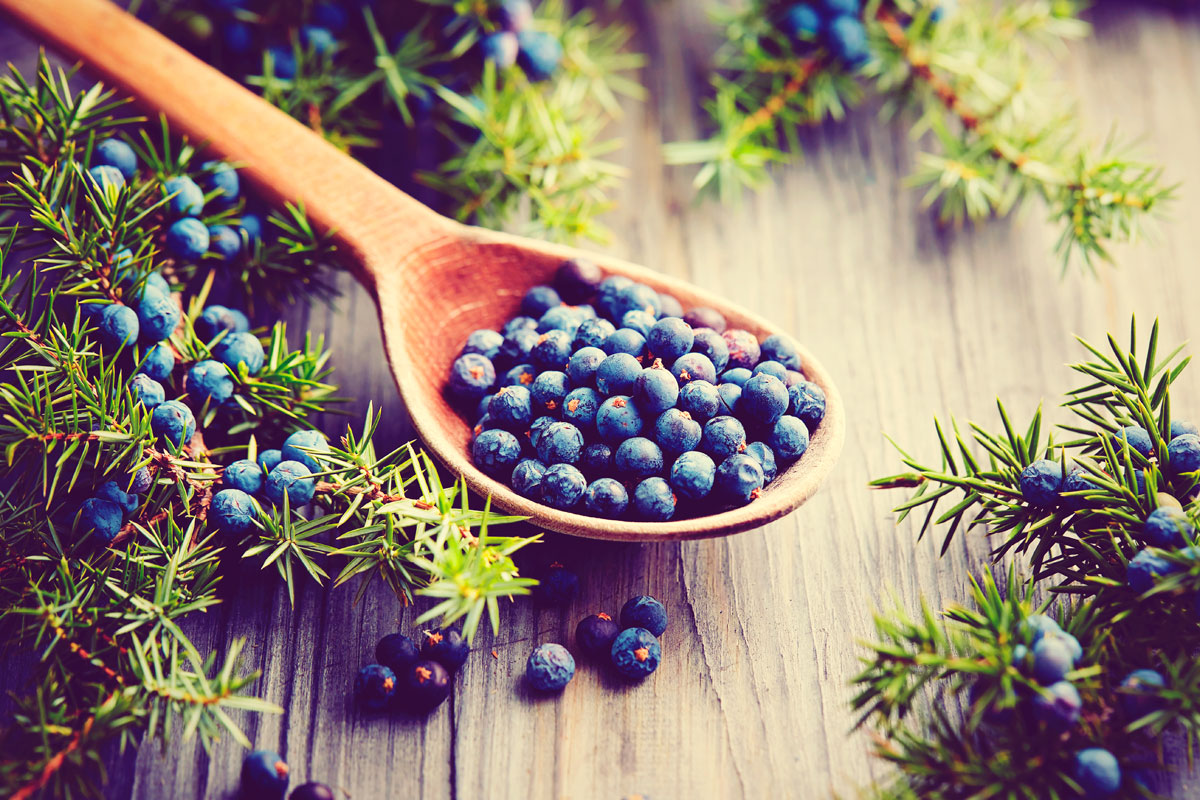
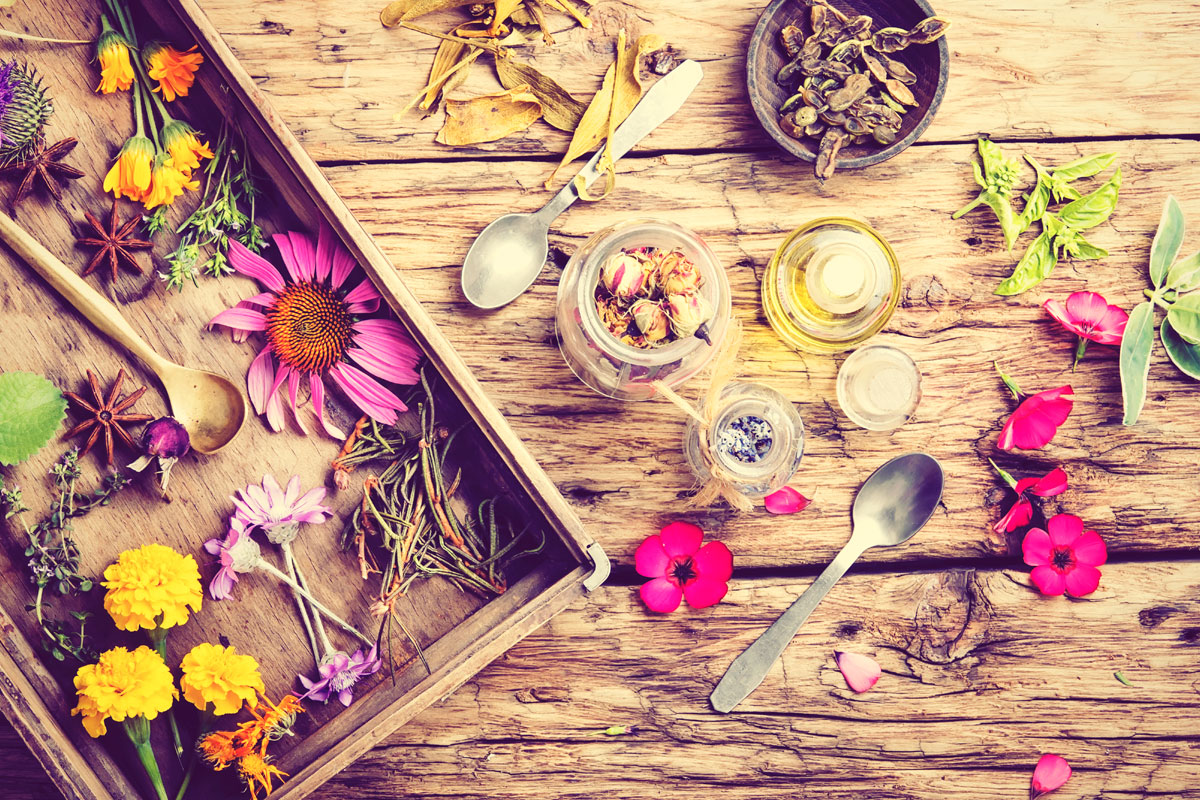
You can learn more about the many great Scottish Gins by visiting the links below.